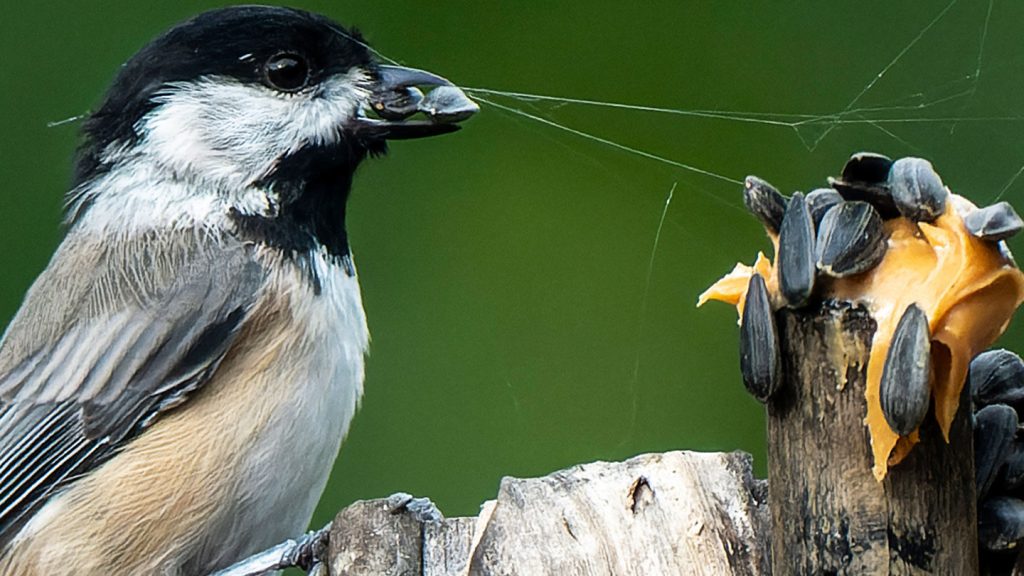The memory of events in the past, known as episodic memory, is a critical aspect of cognition that researchers are studying in black-capped chickadees. These birds hide their food in multiple locations, and each time they return to a stash, specific nerve cells in their memory center show activity like bar codes. Researchers believe that understanding these neural combinations could provide insights into how episodic memories are encoded and recalled in the brain. The behavior of chickadees offers a unique opportunity for studying episodic memory in animals, where precise actions can be directly observed.
To investigate the chickadees’ episodic memory, a team of researchers created an artificial arena with multiple storage sites, where these birds stored sunflower seeds. By tracking the electrical activity of individual neurons in the birds’ brains as they cached and retrieved food, the researchers found that each hiding spot activated specific neurons in the hippocampus, the brain’s memory center. These neural bar codes, unique to each stash, suggest that memories are stored in distinct patterns in the brain, similar to an engram, or a physical representation of memory.
The researchers found that distinct subsets of neurons in the hippocampus represented each food cache, and these neural bar codes differed even within the same location for individual caches. This suggests that this coding system, akin to a neural bar code, may be a fundamental aspect of memory across species due to the similarities in hippocampus physiology among different animals. Further research is needed to confirm the role of neural bar codes in memory encoding and retrieval.
Interestingly, the researchers also identified a “seed code,” where neurons encode the presence or absence of a seed in a specific cache. This finding, along with the neural bar codes and the activity of place cells encoding location, suggests a complex interplay of different neural codes in the hippocampus for memory formation. This multi-coding system may provide a more nuanced understanding of how memories are created and accessed in the brain, highlighting the intricate processes involved in episodic memory.
Place cells, which encode an animal’s location, did not change their activity during caching, surprising the researchers. This observation suggests that the hippocampus may create a distinct “index” that binds together various inputs from an experience to form a coherent memory. The interaction between the different neural codes in the hippocampus, including bar codes, place cells, and seed codes, raises intriguing questions about how these patterns work together to facilitate memory formation and retrieval, providing valuable insights into the mechanisms underlying cognitive processes.
The findings from this study offer a novel perspective on the neural mechanisms underlying episodic memory formation and retrieval. By studying the behavior of black-capped chickadees and the activity of specific neurons in their brains, researchers are uncovering the intricate processes involved in memory encoding. Understanding how different neural codes interact in the hippocampus may shed light on the fundamental principles of memory storage and recall, offering valuable insights into cognitive functions across species. Further research in this area is crucial for unraveling the complexities of memory processes in the brain.


